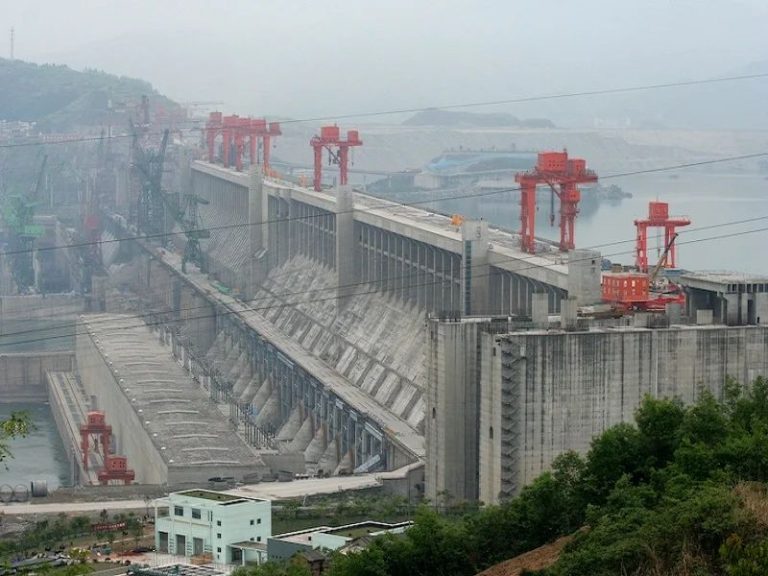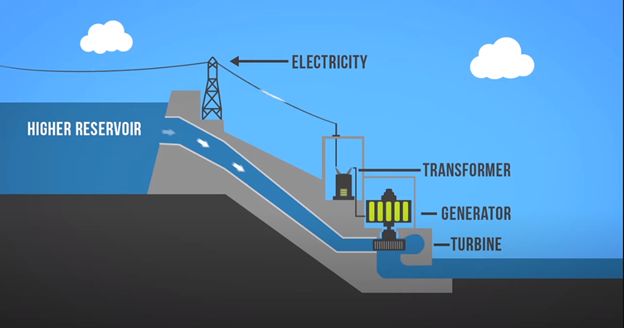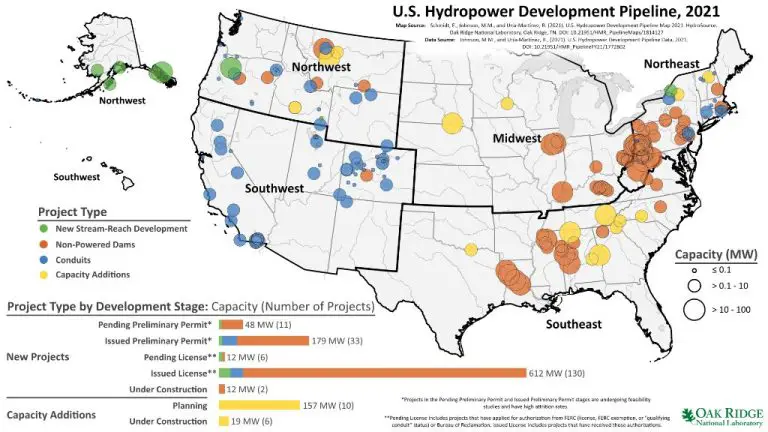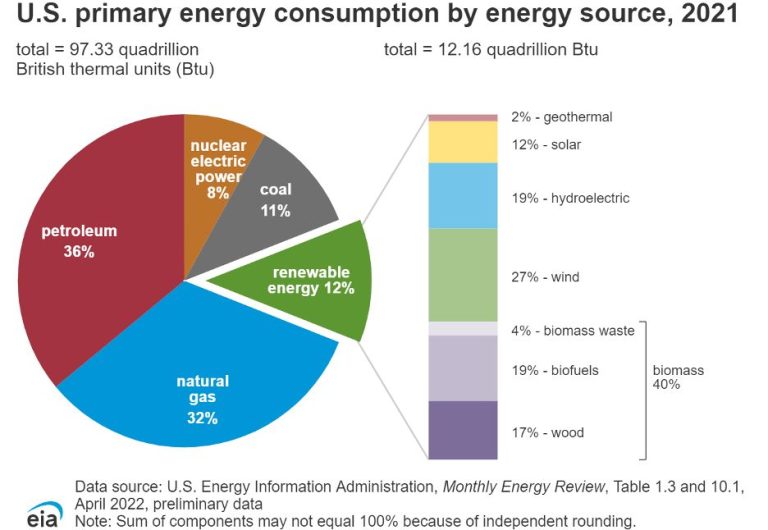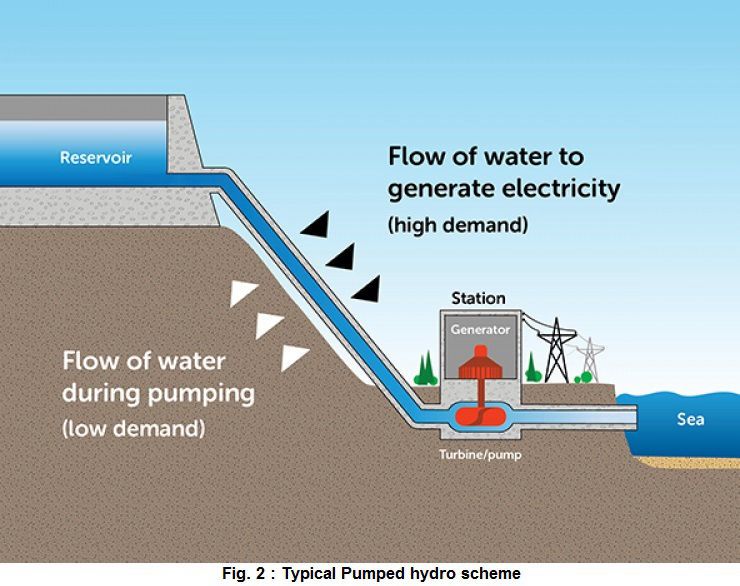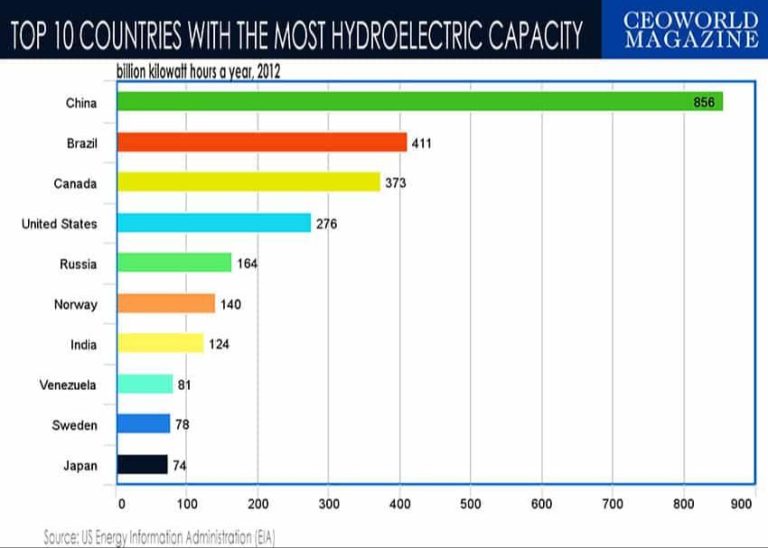How Big Are The Hydro Dams In New Zealand?
New Zealand has a long history of using hydroelectric power to generate electricity. Hydroelectric dams provide a renewable and reliable source of energy for the country. Some of the largest hydroelectric schemes in New Zealand include the Waikato River Hydro System, Clyde Dam, Manapouri Power Station, and Benmore Dam.
Hydroelectricity plays a major role in New Zealand’s electricity generation, accounting for around 60% of the total electricity produced in the country. The large storage capacity provided by hydro lakes and reservoirs helps meet peak electricity demand and balance intermittent generation from other renewable sources like wind power.
The main purpose of building large hydroelectric dams in New Zealand has been to utilize the country’s abundant natural water resources to generate renewable electricity and reduce dependence on fossil fuels. The large hydro schemes were developed from the 1950s onwards to power economic growth and industrialization.
This article provides an overview of some of the major hydroelectric dams and power stations in New Zealand, looking at their history, size, electricity generating capacity, and environmental impacts.
Waikato River Hydro System
The Waikato River hydro system is the largest hydroelectric power scheme in New Zealand. It consists of eight hydroelectric power stations located along the Waikato River that have a combined generating capacity of approximately 900 megawatts, providing around 10% of New Zealand’s electricity needs.
The hydro system is owned and operated by Mercury Energy. Construction of the dams and power stations commenced in the 1950s, with the first station (Horahora) completed in 1958. The newest station, Aratiatia, was commissioned in 1984.
The largest power station is Karapiro, which has eight turbines and generates 280 MW. Karapiro Dam is 55 meters tall. The tallest dam in the system is Arapuni Dam at 109 meters. The longest dam is Maraetai at 389 meters.
Overall the hydro system provides a clean and renewable source of electricity for New Zealand’s energy needs. The series of dams and lakes also provide recreational opportunities like boating, fishing and water sports along the Waikato River.
[1] “Our Hydro Power Stations”, Mercury Energy.
[2] “Appendix 23: Hydro Dams”, Waikato River Independent Scoping Study.
Clyde Dam
The Clyde Dam is located on the Clutha River in Central Otago, New Zealand. Construction on the dam began in 1980 and it was officially opened in 1992. The Clyde Dam is New Zealand’s largest hydroelectric power project and creates Lake Dunstan, the country’s fourth largest artificial lake.
The Clyde Dam stands at 100 meters tall and has a concrete gravity structure. At its base, the dam is 70 meters thick and narrows to just 5 meters thick at the crest. In total, the Clyde Dam contains over 1 million cubic meters of concrete. The dam’s power station contains four 116 MW Francis turbine-generators, providing a total generating capacity of 464 MW (https://en.wikipedia.org/wiki/Clyde_Dam).
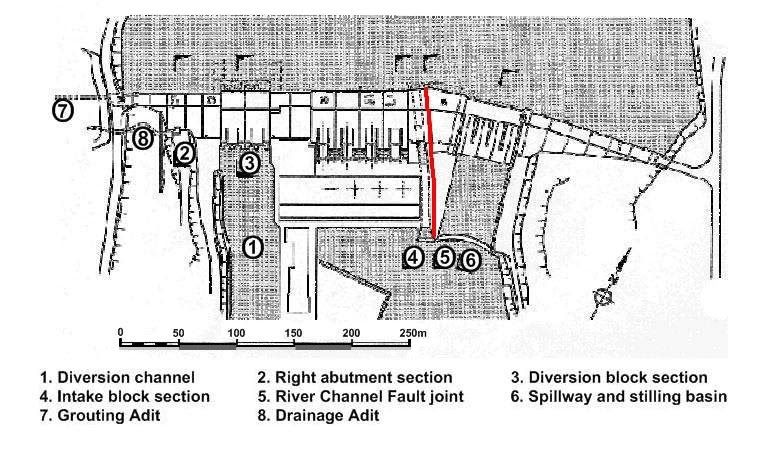
The reservoir formed by the Clyde Dam, Lake Dunstan, flooded the historic Clyde township along with the Cromwell Gorge. Several historic buildings and the town’s cemetery had to be relocated prior to the flooding. Today, Lake Dunstan serves as a major recreational area for boating, kayaking, trout fishing and more.
Manapouri Power Station
The Manapouri Power Station is located at Deep Cove, on the western arm of Lake Manapouri in Fiordland National Park in New Zealand’s South Island. Construction on the power station began in 1959 and it was commissioned in 1969 [1]. The power station utilizes the height difference between the lake and the sea at Deep Cove, with water from the lake descending through penstocks before turning seven turbines to generate electricity. It has been progressively upgraded since it began operation. Today, the Manapouri Power Station has an installed capacity of 854 MW and generates around 5,100 GWh annually, enough electricity for over 600,000 homes [2]. It is the largest hydroelectric power station in New Zealand.
Benmore Dam
The Benmore Dam is located in the Otago region of New Zealand’s South Island on the Waitaki River. Construction on the dam began in 1958 and was completed in 1965 (https://www.meridianenergy.co.nz/power-stations/hydro/benmore). The dam created Lake Benmore, New Zealand’s largest man-made lake, which covers over 75 square kilometers and has a shoreline of 116km (https://en.wikipedia.org/wiki/Benmore_Dam).
The Benmore Dam is an impressive structure, measuring 823 meters long and 100 meters high. At its base, the dam is 490 meters wide. The dam has 10 radial spillway gates and contains over 1 million cubic meters of concrete (https://www.engineeringnz.org/programmes/heritage/heritage-records/benmore-power-station/).
The power station at Benmore Dam has 6 x 100MW generating units, for a total installed capacity of 540MW. It generates an average of 1,850 GWh of electricity per year, providing around 5% of New Zealand’s total electricity generation (https://www.meridianenergy.co.nz/power-stations/hydro/benmore).
Tekapo Power Station
The Tekapo Power Station is located at Lake Tekapo in the Mackenzie Country in New Zealand’s South Island (Hydro generation in Lake Tekapo). The power station was commissioned in 1951 and upgraded in 1981. It is part of the Upper Waitaki Power Scheme run by Genesis Energy.
Water from Lake Tekapo is fed to the power station through a 27 km long canal and penstock system. The Tekapo Canal has a maximum capacity of 130 cubic metres per second (Tekapo Power Scheme | Genesis NZ).
The Tekapo A station houses one turbine capable of generating up to 25 MW of electricity. This is enough to power around 12,600 homes. An additional 30 MW Tekapo B station was commissioned in 2012 (Hydro generation in Lake Tekapo).
Tongariro Power Scheme
The Tongariro Power Scheme is a hydroelectric scheme in the central North Island of New Zealand that generates 360 MW of electricity. The scheme diverts water from tributaries of the Tongariro River through tunnels to Lake Rotoaira, with outflows feeding into downstream power stations.
Construction on the Tongariro Power Scheme began in 1964 and was completed in stages through 1991. It consists of four major components:
- Waihohonu Intake on the Waihohonu Stream – 35 cubic meters per second capacity
- Moawhango-Tongariro Tunnel – 10.5 km long tunnel diverting water to Lake Rotoaira
- Poutu Intake on the Poutu Stream – 18 cubic meters per second capacity
- Tokaanu Power Station – 240 MW capacity
Water from the intakes and tunnel feeds into Lake Rotoaira and the outflow powers four hydro stations on the Tongariro River with a combined capacity of 360 MW: Rangipo Power Station, Tokaanu Power Station, Mangaio Power Station, and Motuoapa Power Station. The scheme provides about 17% of the North Island’s hydroelectricity.
The Tongariro Power Scheme significantly altered the natural hydrology of the Tongariro River and tributaries, diverting up to 53 cubic meters per second of flow away from the upper Tongariro catchment. This has impacted natural character and fish habitats in the diverted rivers and upper Tongariro River.
Rangipo Power Station
The Rangipo Power Station is located on the Eastern Diversion of the Tongariro River in the central North Island of New Zealand (Power plant profile: Rangipo, New Zealand). It sits at the southern end of the Tongariro Power Scheme, which utilizes waters diverted from the headwaters of the Tongariro River along with waters from its tributary streams.
Construction on the Rangipo Power Station began in 1978 and was completed in 1983 (Tongariro Power Scheme). The power station is located 63 meters underground and includes a 120 MW turbine. It operates as a base load station, providing a consistent supply of electricity to the national grid.
The Rangipo station draws its water from the Eastern Diversion, which branches off from the Tongariro River upstream from the power station. This diversion canal stretches over 7 km in length. The drop in elevation from the intake to the underground power station affords significant hydraulic head for power generation.
On average, the Rangipo Power Station generates over 650 GWh of electricity annually, making it one of the major hydroelectric generators in New Zealand (Tongariro Power Scheme Overview). Its consistent base load electricity production provides over 5% of New Zealand’s total hydro generation.
Environmental Impacts
Hydroelectric dams can have both positive and negative impacts on the environment. Some of the positive impacts include providing clean, renewable energy that reduces reliance on fossil fuels. Hydroelectric dams are also touted for their storage capacity to control floods and provide water during dry seasons. The reservoirs created by dams also provide recreational opportunities like boating, fishing and swimming (https://www.eia.gov/energyexplained/hydropower/hydropower-and-the-environment.php).
However, hydroelectric dams also create some major environmental concerns. Building dams floods large areas of land upstream, destroying habitats for terrestrial wildlife as well as aquatic life that depends on free-flowing rivers. Sediment buildup in reservoirs can make downstream water more polluted and unsuitable for wildlife. Dams also change natural water temperatures and flow that fish and other species rely on for spawning and migration. Large dams prevent nutrient-rich sediments from flowing downstream, causing the downstream ecosystem to degrade over time (https://www.ucsusa.org/resources/environmental-impacts-hydroelectric-power).
Overall, hydroelectric power provides clean energy but comes at an environmental cost due to the impacts of dams and reservoirs on surrounding ecosystems. Proper planning, mitigation and operating procedures can help reduce the impacts.
Conclusion
New Zealand has a number of large hydroelectric dams that provide the majority of the country’s electricity generation. The largest include the Clyde Dam on the Clutha River at 432 MW, the Manapouri Power Station in Fiordland National Park at 850 MW, and the Benmore Dam on the Waitaki River at 540 MW. Other major hydroelectric facilities are the Tekapo A and B power stations on the Waitaki River and the Tongariro Power Scheme on the Tongariro River.
Overall, hydroelectricity accounts for approximately 60% of New Zealand’s electricity generation needs. This is significantly higher than most other countries and reflects New Zealand’s abundant natural water resources and mountainous terrain. Hydroelectricity provides a reliable, renewable source of energy that supports the country’s economy and environment. Maintaining and upgrading New Zealand’s hydroelectric assets will remain vitally important for the country’s energy future.

